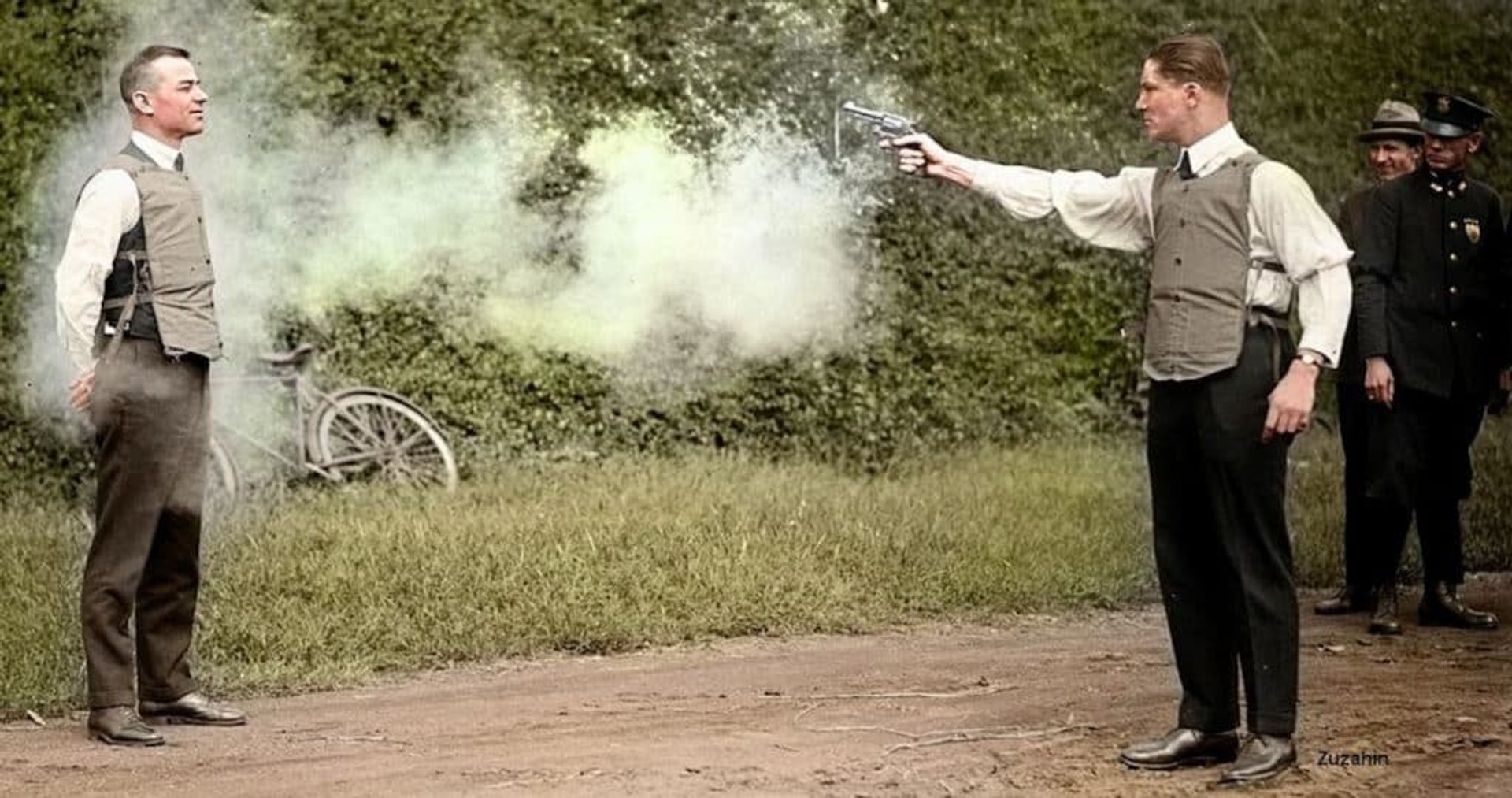5.56 mm vs. Body Armor
From video games to the big screen, it’s not uncommon to witness firsthand the stopping power of modern body armor. Or is it? What we see in the media is not true to life. A bulletproof vest or armor plate is durable, to be sure, but not an impenetrable shield. When it comes to 5.56 mm vs. body armor, will one of the most common rounds in the world penetrate or fall flat?
The answer isn’t always straightforward. It all depends on the level of body armor, the plate, and the manufacturing process. A shoddily produced setup will likely fail and succumb to a 5.56 mm round in the line of duty. The good news is most body armor released today is held to high standards. It’s uncommon to find significant faults in design or function.
What Level Body Armor Stops 5.56 mm?

To stop the penetrating force of a 5.56 mm bullet — one of the most common rounds on the planet — one would require, at minimum, a Level III body armor. Most Level III body armor is rated for multi-hit capabilities, meaning the plate — usually steel core or ceramic composite — will withstand numerous rounds of 5.56 mm before breaking.
You do want to avoid testing how many rounds one can take in-person.
Unfortunately, we must also consider equivalency. An armor plate is rated to stop a round that is equal or even greater in strength than the 5.56 mm, but that does not mean it will entirely stop a 5.56 mm. If you’re shopping for body armor or plates designed to prevent a 5.56 mm round, do your research beforehand. Do not expect an armor plate rated to stop 7.62x54 mm to also stop 5.56 mm with ease. Speed is what defeats armor, so faster rounds may still penetrate, even if they are smaller.
The Famed 5.56x45mm NATO Round

Multi-Hit doesn't mean unlimited hits. This guy would be very dead
The 5.56x45 mm NATO, M193 round was put into service in 1962 — the Vietnam War — and initially designed by Remington Arms as powerful, lightweight ammunition for the U.S. Military. Originally derived from the .223 Remington cartridge, the 5.56 mm is well-known for its high impact value, especially against flesh targets, in which the round fragments and creates severe wounding effects.
The NATO ball — U.S. designation M855 — can penetrate 3 mm of steel at a range of 600 meters. The M995 will penetrate 12 mm of steel at 100 meters. As such, any hard body armor used in defense of a 5.56 mm round must include a steel core plate of sizable depth and, thereby, considerable weight to stop the bullet’s impact.
Most military personnel and law enforcement officers in danger of facing 5.56 mm or higher caliber rounds will likely wear Level IV body armor for protection. Not even M855A1 was designed to penetrate Level IV armor plates. Thankfully, even civilians may buy Level IV armor today.
Armor Materials vs. the 5.56 mm Round

Illustration of where to properly wear an armor plate
You’ll note that most body armor today features plates made of ceramic or steel core, though poly is also a commonly used body armor insert. How do these metal alloys stand against a 5.56 mm round?
Ceramic Armor
Ceramic is one of the most recommended armor plate types for stopping armor-piercing and high-velocity rounds. Like most armor plates, even ceramic will damage and compromise after many strikes to the plate.
Steel Armor
Steel is relatively cheap, but hefty. For the additional weight, however, most steel core plates will withstand multiple hits from various standard rifle rounds, including the 5.56 mm to an extent.
UHMWPE Armor
Poly was meant to be lightweight, though expensive. Unfortunately, pure poly armor plates are vulnerable against armor-piercing rounds, especially the Russian 7N6 5.45 mm and the U.S. M855 5.56 mm.
The Future of Body Armor
In 2017, it was reported that the U.S. Army developed an armor-penetrating round capable of penetrating body armor designed to withstand the 5.56 mm bullet. According to Army Chief of Staff Gen. Mark Milley, “the 5.56 round, we recognize there is a type of body armor it does not penetrate, and adversarial states are selling that stuff on the Internet for about 250 bucks. We think we have a solution…We know we have developed a bullet that can penetrate these new plates.”
According to reports, the Army’s Maneuver Center of Excellence at Fort Benning, Georgia, tested half a dozen “intermediate caliber” bullets between 5.56 mm and 7.62 mm. Their new armor is holding up well.
As long as there has been armor advancement, there has been weapons advancement to defeat it, and vice versa. If you're looking to build an AR15 to defeat the most common types of body armor, 80% Arms has everything you need to complete your build.



 Back to List
Back to List